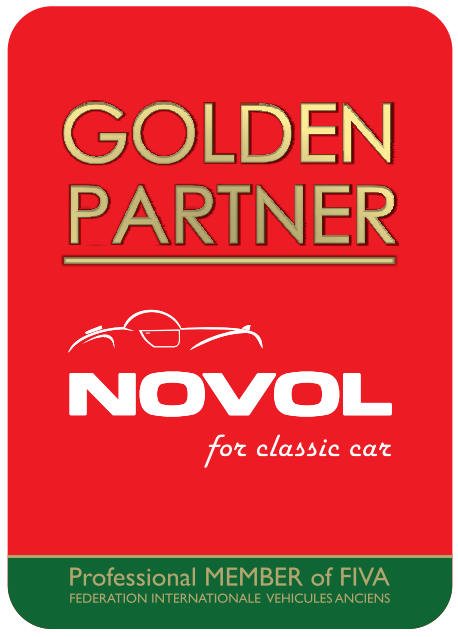.avif)
One area of paintwork that is always misunderstood, is the final finish.
For a true show car look, the process of cutting and polishing the paint takes it to the next level. In the world of custom or show-quality paint, the cut and buff is what it takes to approach perfection. No matter how clean the paint might be, and no matter how skillfully the paint is sprayed, there will be flaws and surface texture.
If everything was done to top standards, the texture will be minimal and the paint surface will have very little contamination.
A glass-smooth surface with a mirror finish demands far more work – taking the finish well beyond OEM.
If you visit a local main dealer showroom – even with higher end marques – and actually look in detail at the paint, you will notice the textured lacquer finish is quite high.
As a rule, most quality car repaints will have better than factory level of ‘peel’ – the textured surface you see.
It is a complete misconception to believe that a factory finish on any car is glass-like smooth.
Taking the next step to the perfect lacquer finish requires almost as much time as the initial preparing and painting of the car.

Once the paint is cured, the entire body requires a painstaking and time consuming process of fully ‘wet’ sanding by hand, through stages of 1500, 3000, and 6000 grade sand paper. ‘Wet’ sanding is, as the name implies, a process of using water with the sanding material to lubricate and clean the surface as you cut through the lacquer to refine and level.
During the preparation for paint process, a body shell is usually sanded down a minimum of 3-5 times, depending on coating systems. As you can see – this is repeated in the lacquer flattening process.
Once the lacquer is levelled, it will be very dull. A further process of 2 stage machine polishing is then required to revive the dulled lacquer and remove any small scratches left by the previous stages of abrasive wet sanding.
The final level is a refining polish of the entire car – again, often through a minimum of 2 stages or passes of the car.
In total – the entirety of the car would now have had a further 6-8 stages of process applied – and this is after the many hours of process in simply applying the paint.
A ‘quick’ flatten and polish will consume approx 40hrs labour to raise a repaint above the level of OEM. A show finish flat and polish will easily consume 120hrs labour.
This time is of course chargeable at an hourly rate through any bodyshop.
This is an additional service upon request. A mirrored finish is not standard – anywhere.
Quite quickly, the ‘show winning glass finish’ can cost as much in labour time as the initial strip, prep and paint.



